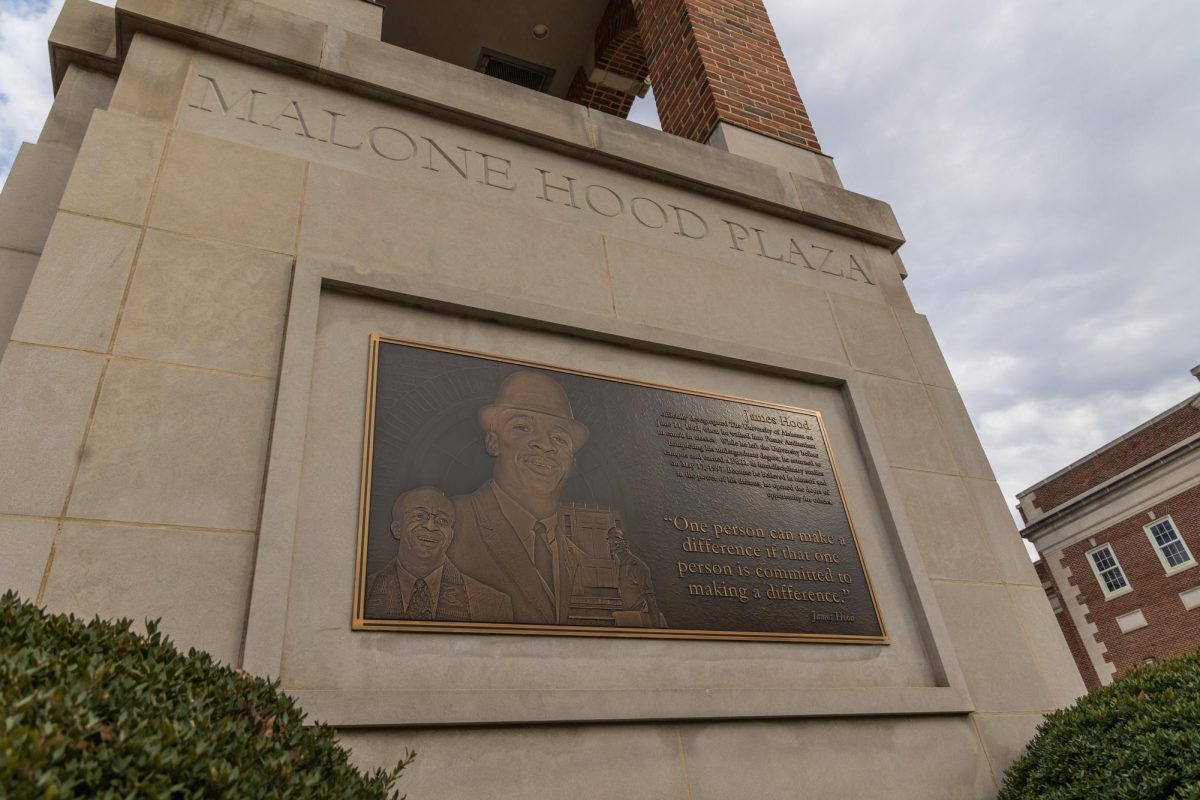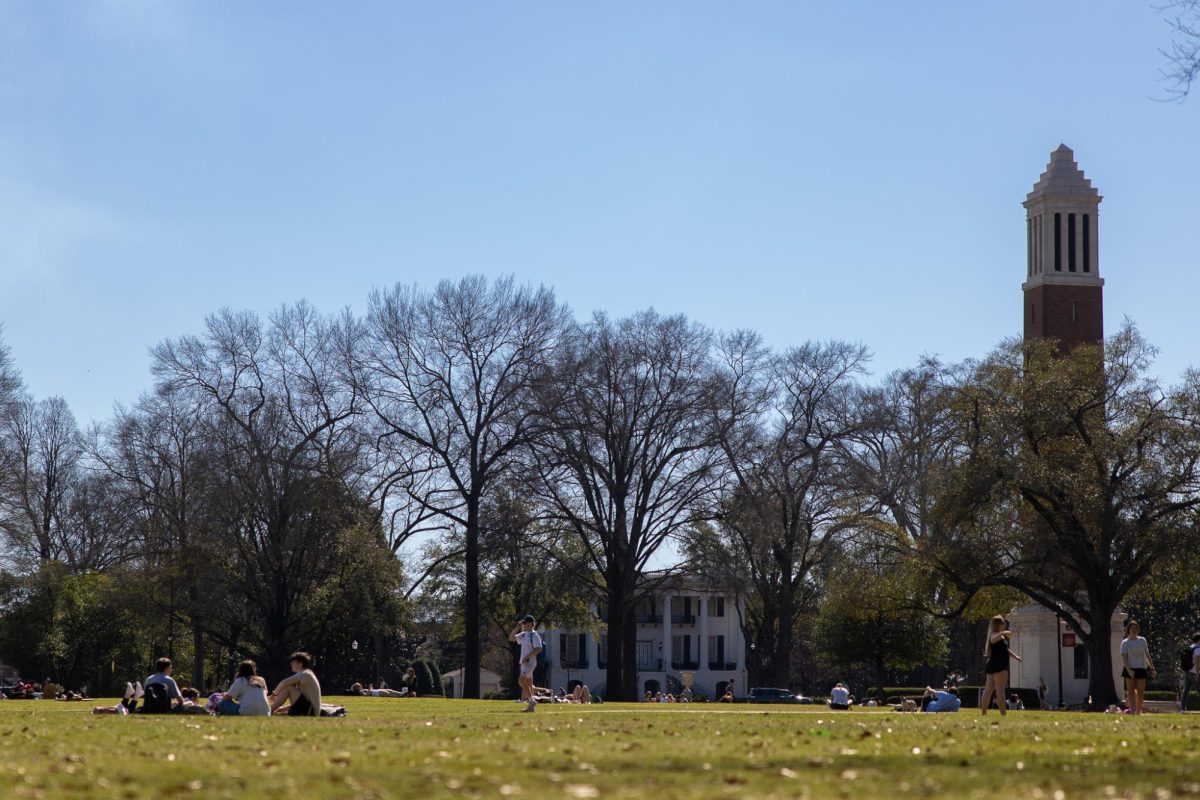Following the spring break, the time between midterms and finals can feel like a mad dash for students. Between studying for finals, searching for summer jobs and applying for internships, class registration for the following semester can feel like the last thing on one’s to-do list.
With advisor meetings starting in late February and continuing well into March, there is a great deal of research and planning that takes place long before one’s assigned registration time.
Even with extensive planning, very rarely will our schedules look exactly how we desire. However, going into registration with a mindset of flexibility and utilizing tools provided can ease some of these stressors.
I grow very familiar with Degree Works prior to class registration each semester. Study sessions with friends often turn into what we have deemed “dates with Degree Works.” While the looming Degree Progress percentage chart at the forefront of the page is daunting, the program assists in laying out exactly what credits are still required moving towards completion. Separated by general education, major and minor requirements, the program also has an embedded feature that lists classes that will satisfy the remaining credits left to fill.
After identifying the necessary classes, students turn to Schedule Builder, a tool that allows them to select courses, view possible schedules and check for any conflicts between course sections. Schedule Builder also helps students schedule breaks in their day, which can be incredibly helpful for those balancing jobs or other responsibilities alongside their coursework.
Despite being allotted tools that make the planning process easier, there are stressors that can inevitably throw off schedules made or classes desired.
There are a multitude of factors that dictate which registration date a student is assigned, such as completed course hours, Honors College status, priority registration and ROTC enrollment.
Prior to my allotted registration time, I often find myself checking the open seat availability on Coursicle, a website that shows real time updates on class registration capacity, to ensure that I will be able to register when I am eligible.
It can be frustrating when there are classes needed with limited sections that conflict. If there are two classes needed that both only meet Tuesdays and Thursdays from 9:30-10:45 a.m., changes and concessions must be made to the courses you planned on taking.
This can leave one with a difficult choice of sacrificing a class they are interested in taking for one that will simply satisfy the requirement.
Pressure during course registration increases as we near senior year, even as upperclassmen are given increased registration priority due to accumulated course hours. Even with an earlier registration time, there is a significant difference between attempting to register for a large lecture with 100-plus students and a smaller, more specialized workshop with only six spots available.
Though these challenges may not have short-term solutions, it is important to remember that no two students follow the same path toward degree completion. Our final course transcripts may not align with our original vision, but adaptability often leads us to unexpected classes and topics. These unplanned experiences may turn out to be valuable learning opportunities, opening doors to new interests and insights that we would not have encountered otherwise.









